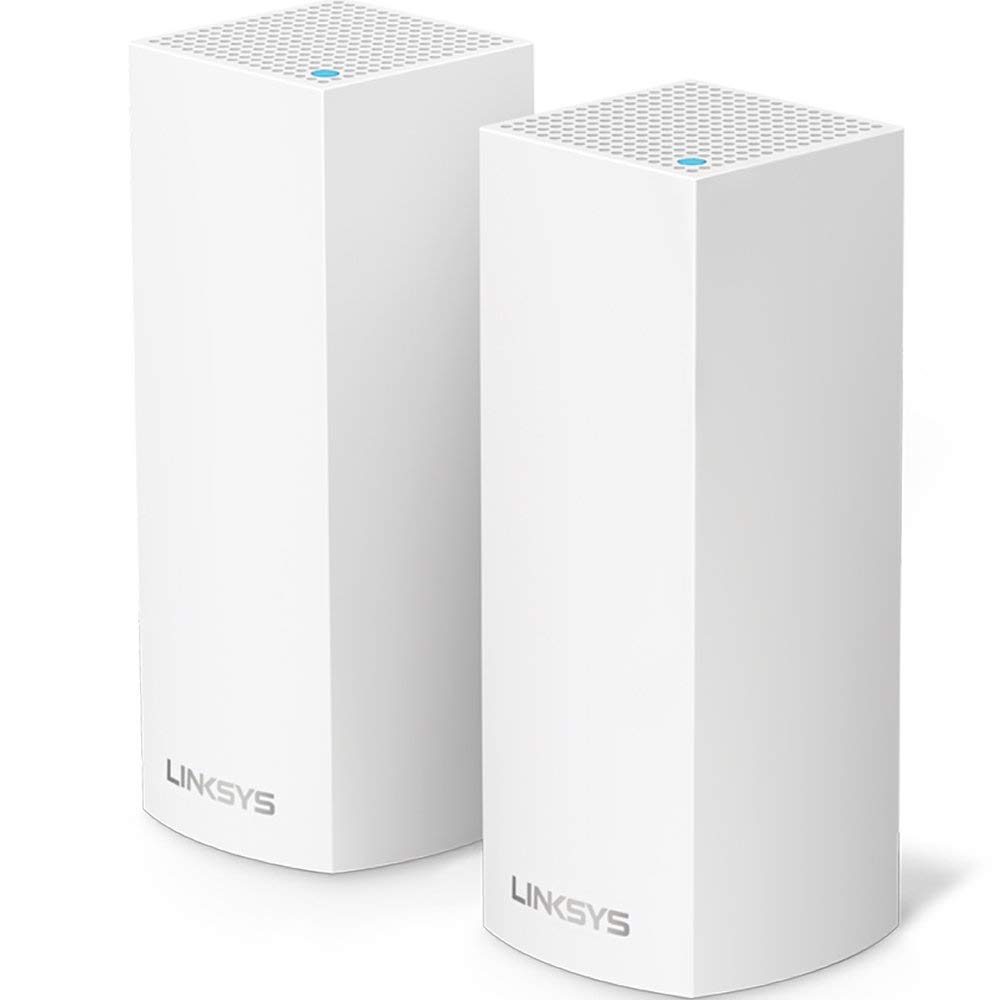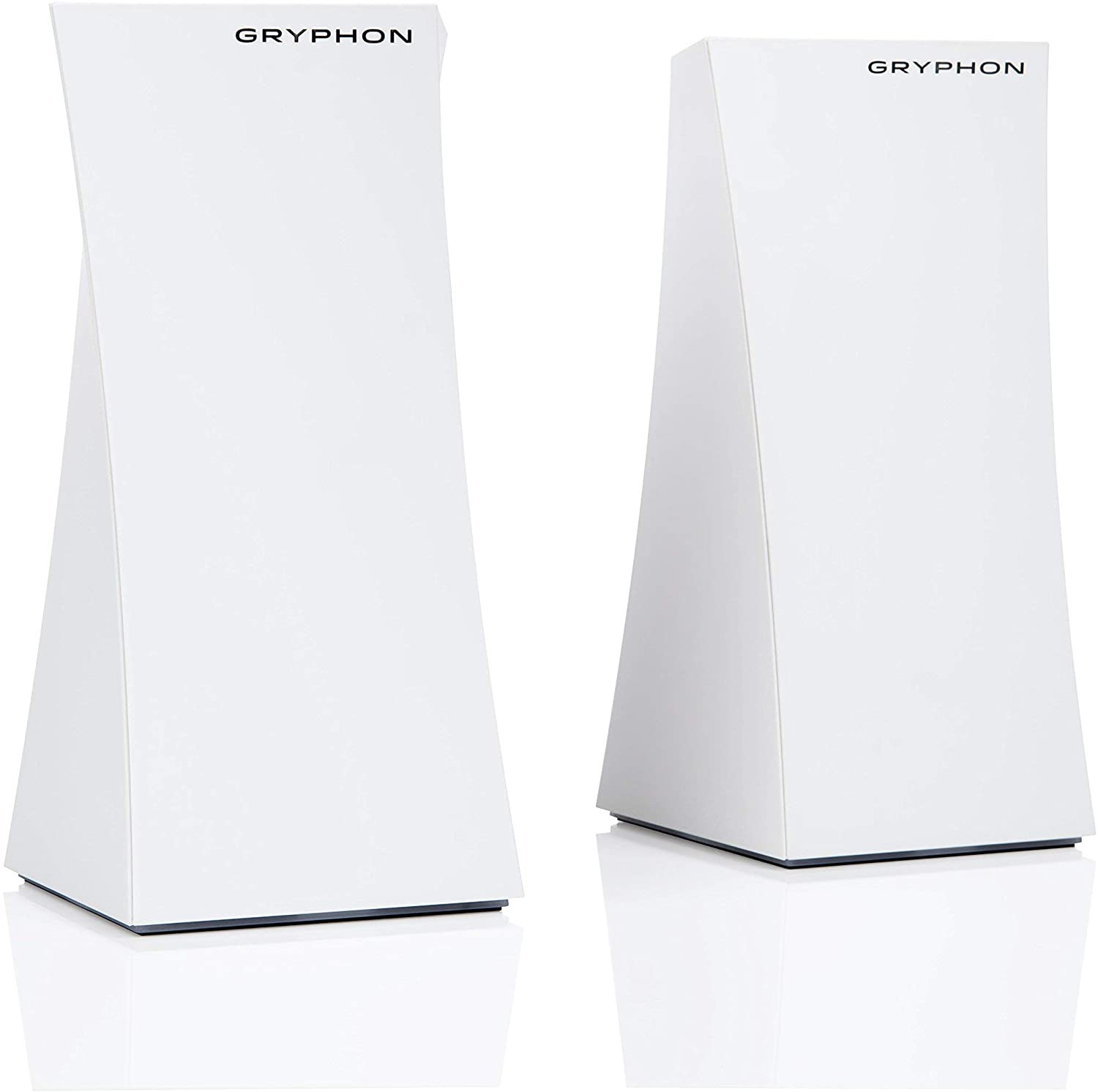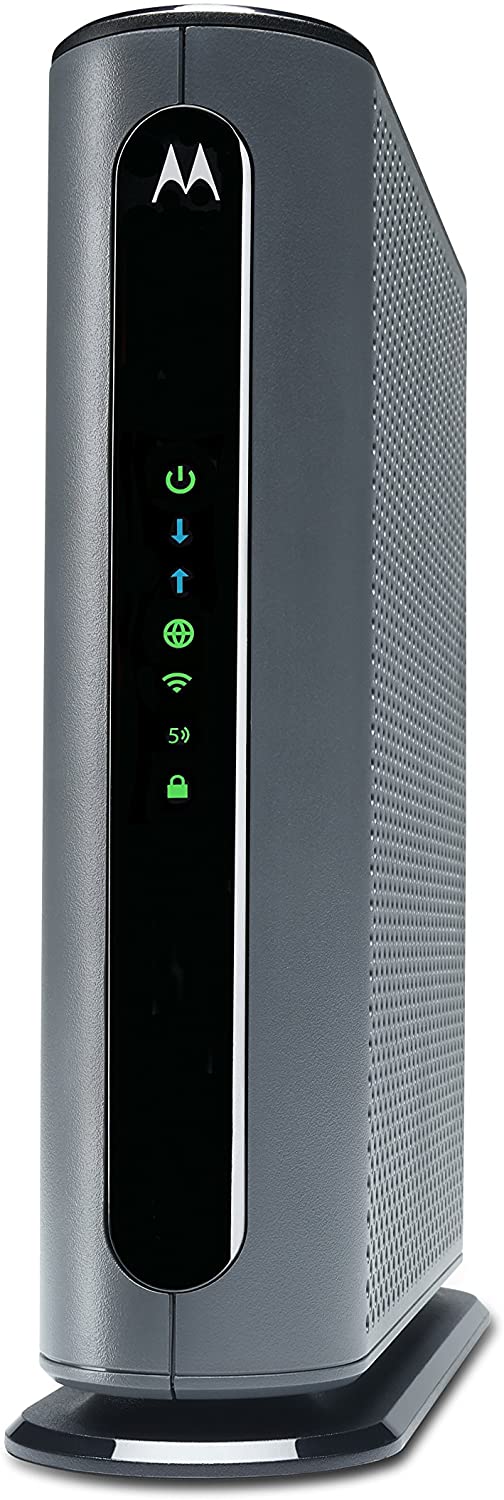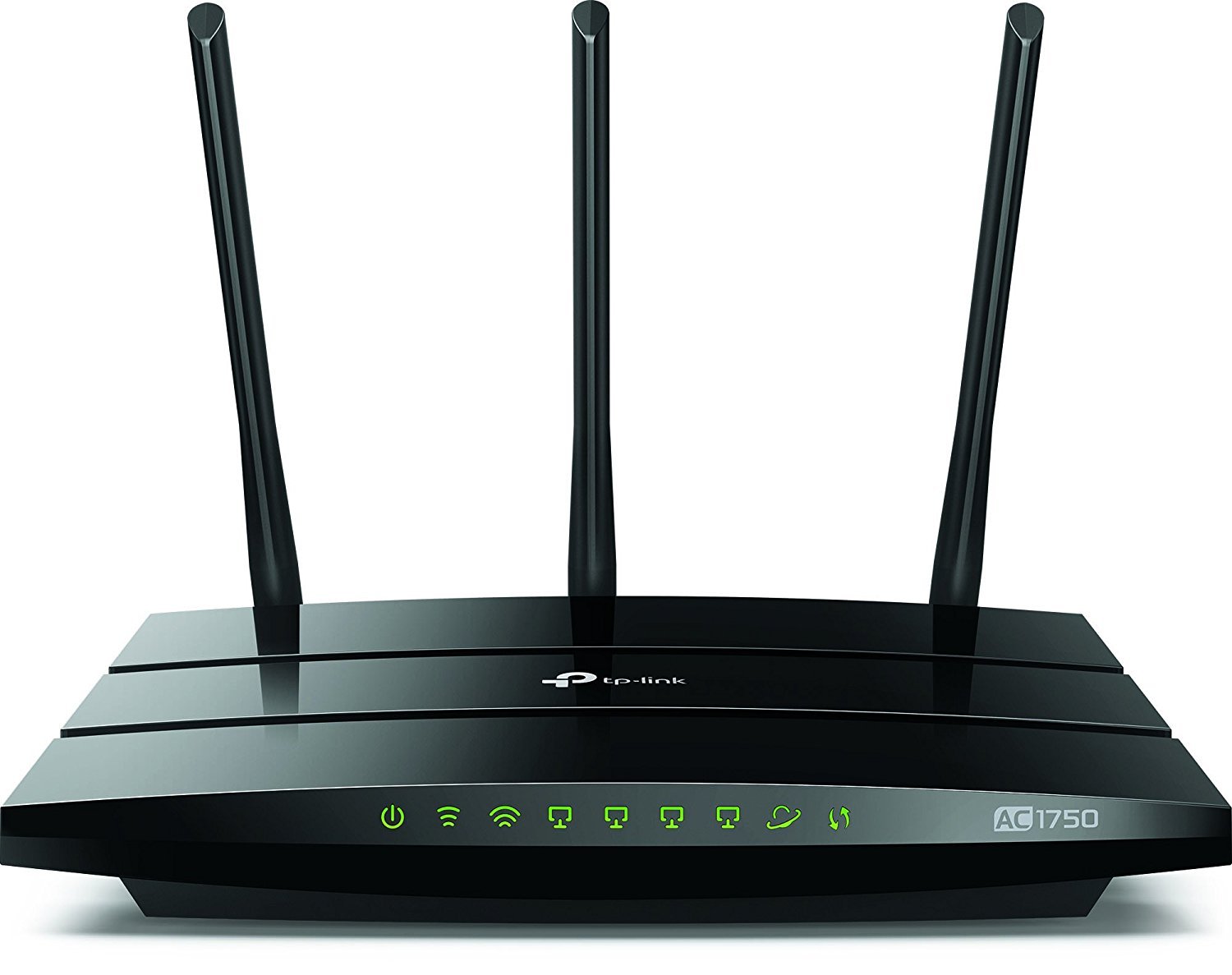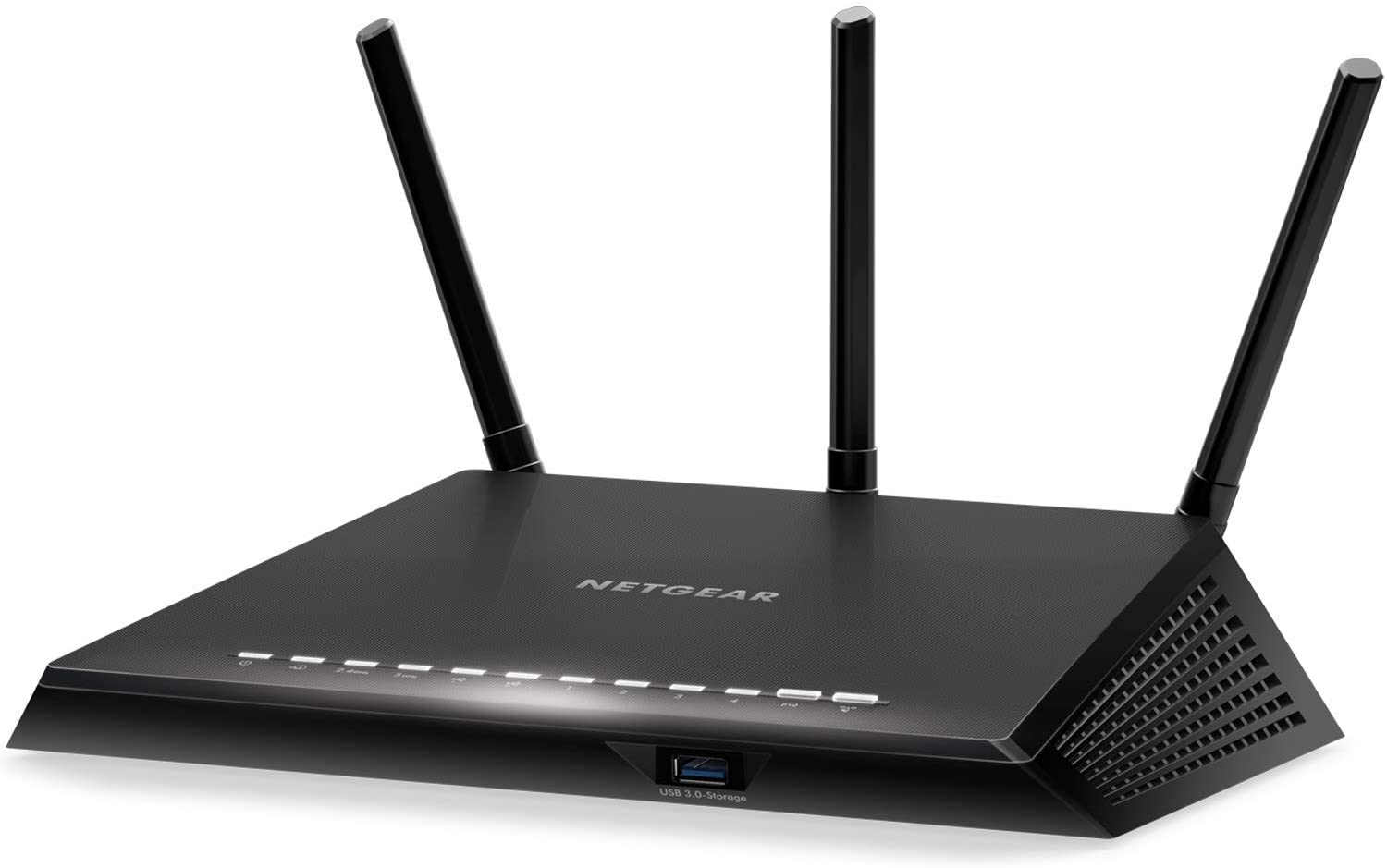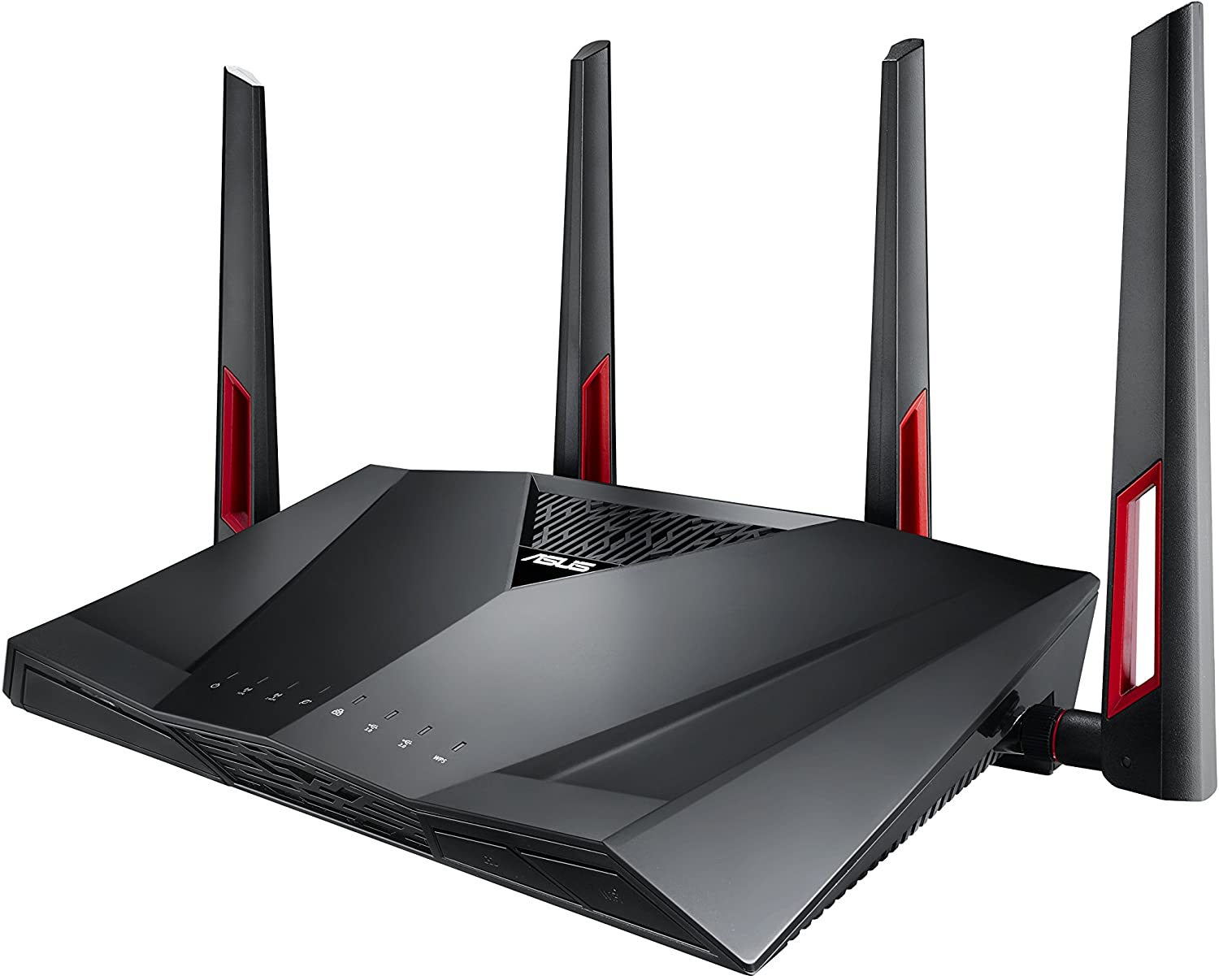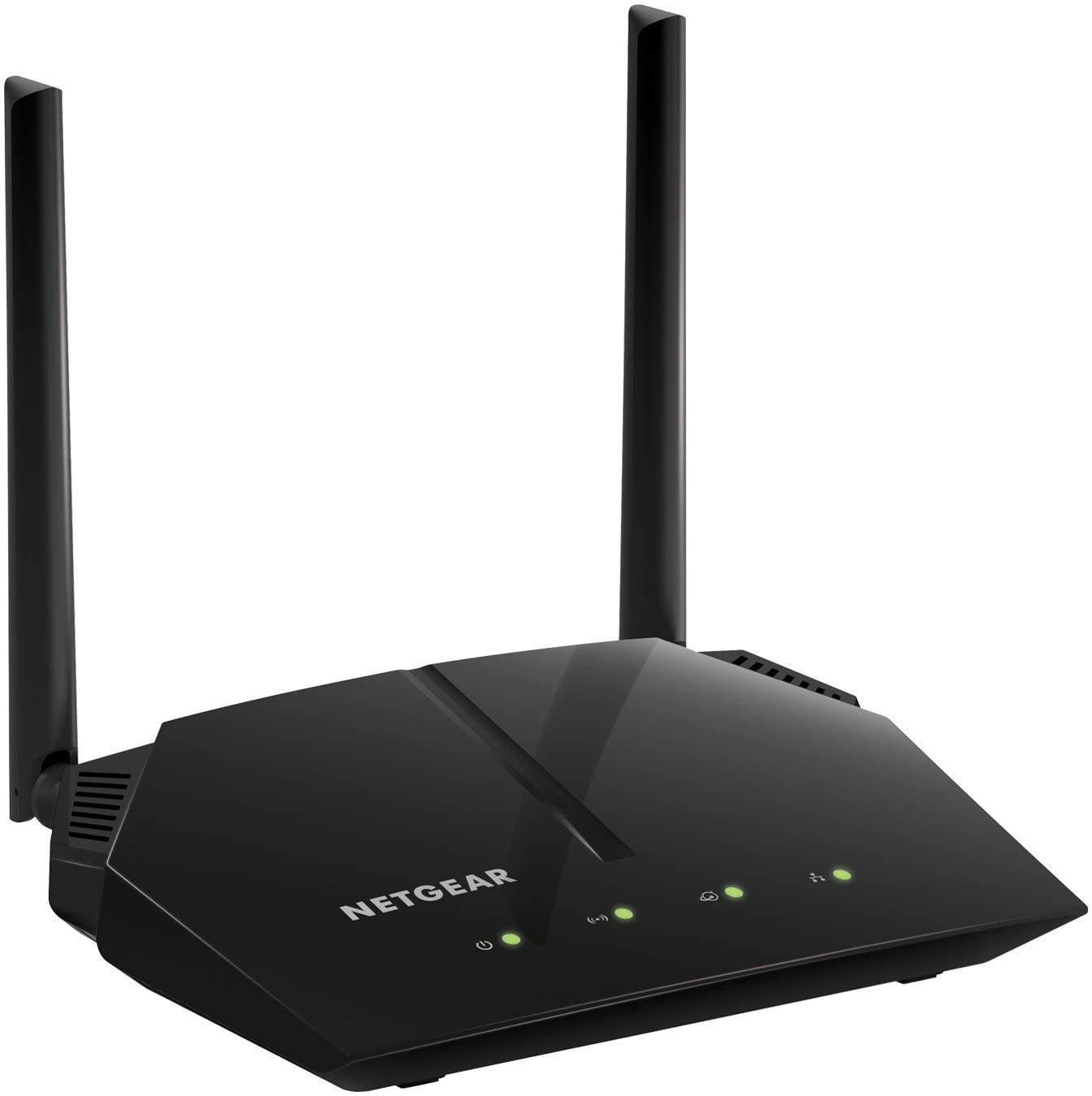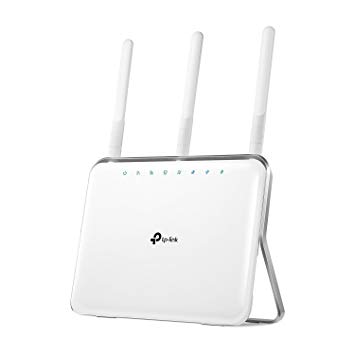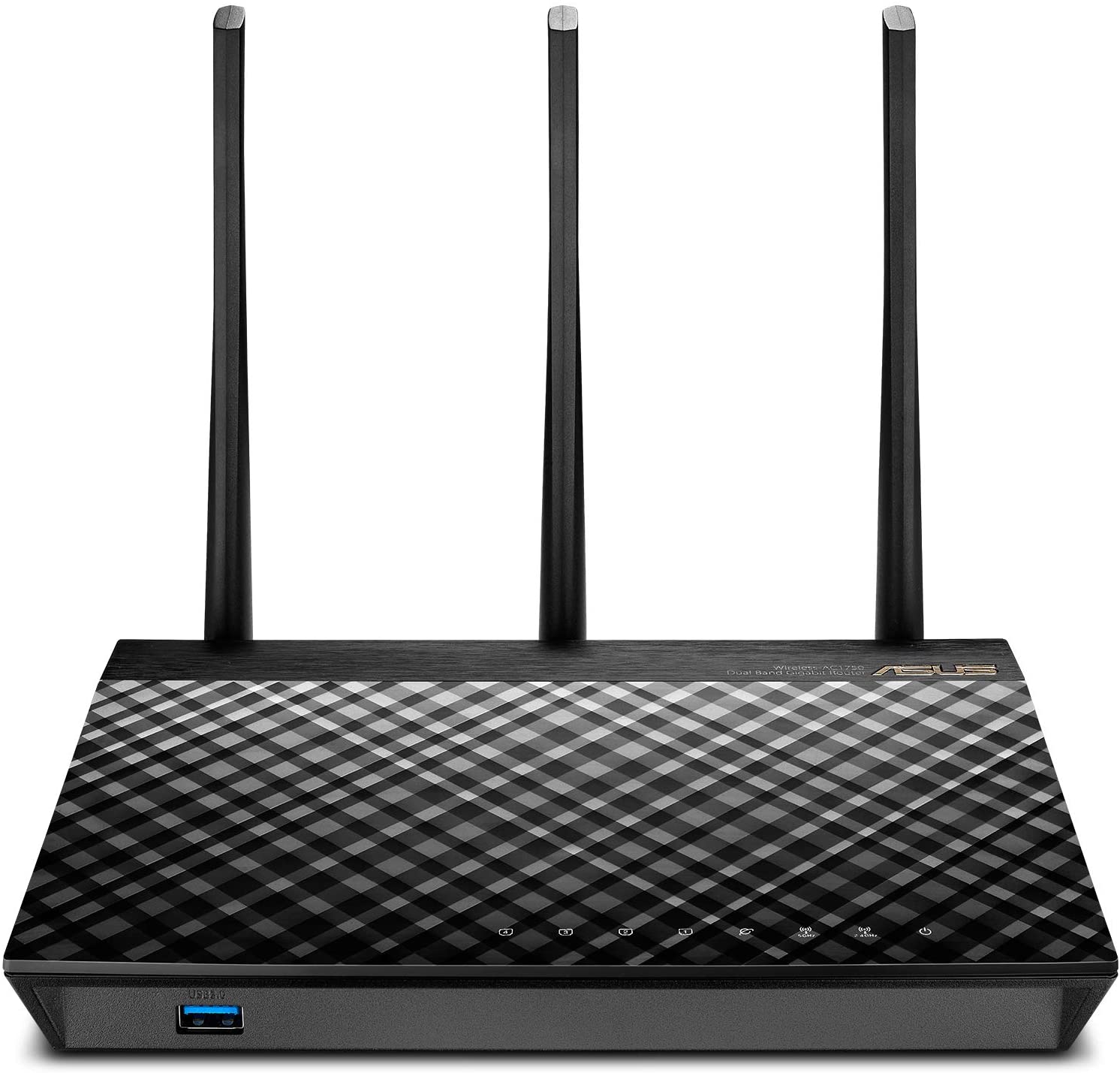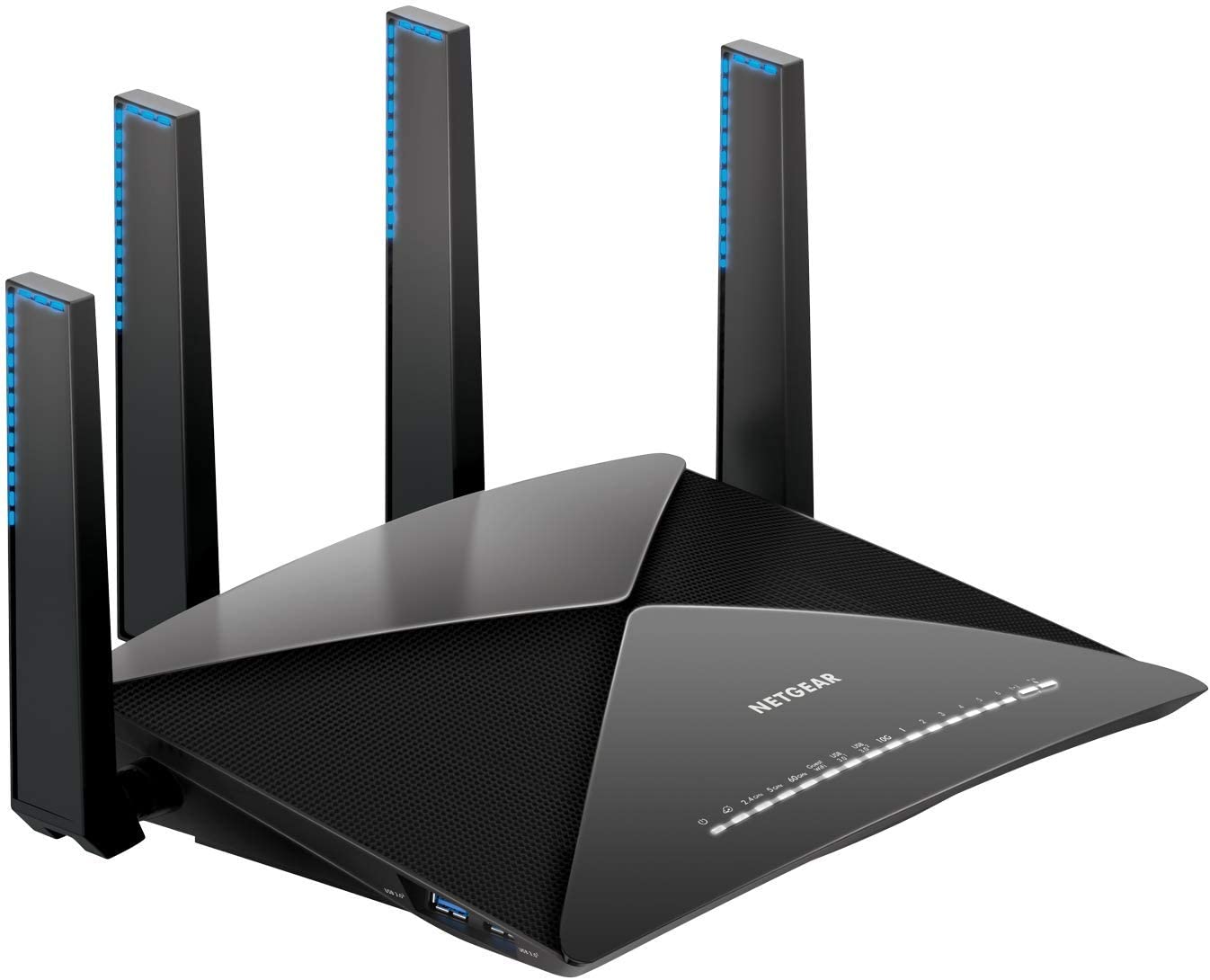Linksys Velop AC2200 Tri-Band Voice Wireless Router
Last updated: August 10, 2022
This router is designed to be seen, with a stylish housing and streamlined appearance, but does not sacrifice performance for aesthetics. There is still a lot of power under the hood, and many home users will appreciate its intuitive installation process and overall performance.
We looked at the top Wireless Routers and dug through the reviews from some of the most popular review sites. Through this analysis, we've determined the best Wireless Router you should buy.
Product Details
Key Takeaway: The Linksys Velop AC2200 is a stylish router that's easy to set up.
In our analysis of 24 expert reviews, the Linksys Velop Tri-Band Voice Wireless Router placed 11th when we looked at the top 14 products in the category. For the full ranking, see below.Expert Reviews
What reviewers liked
The Linksys Velop promises a modular Wi-Fi mesh product with a quick, app-based setup process.
At medium range, it had the most powerful throughput of any mesh-router system we've tested.
It’s an elegant, sophisticated shape, which is a good thing, because as with all Wi-Fi routers, it performs its best when sitting out in the open, not tucked away under furniture or inside a broom closet.
If your main priority is just getting reliable coverage then you can get that for far less than what you pay for the Linksys Velop system.
Other than that the other things we love about the Linksys Smart WiFi system are back and better than ever, continuing the tradition of being one of the best designed router dashboards on phones and desktops today.
What reviewers didn't like
Linksys is right to offer some advice during the setup process because, as with all range extenders, positioning can seriously affect performance.
It was unreliable in certain complicated configurations, such as if the signal traveled through or around several obstacles.
The decision to remove physical ports can be justified as design decision, which you may or may not agree with (we tend to disagree with it), but removing advanced configuration options instead of merely hiding them from users who want to keep things simple, feels like a poor choice.
This actually makes sense: once you add a third node, you no longer have a band dedicated purely to communication between two nodes, with the backhaul now having to travel back from the third node to the second node and on to the first.
While the signal reliability on the Velop networking system is unmatched by any other mesh router we’ve tested, the speeds themselves could still be a bit faster for this kind of a pricetag.
View our Wireless Router buying guide for in-depth advice and recommendations.
